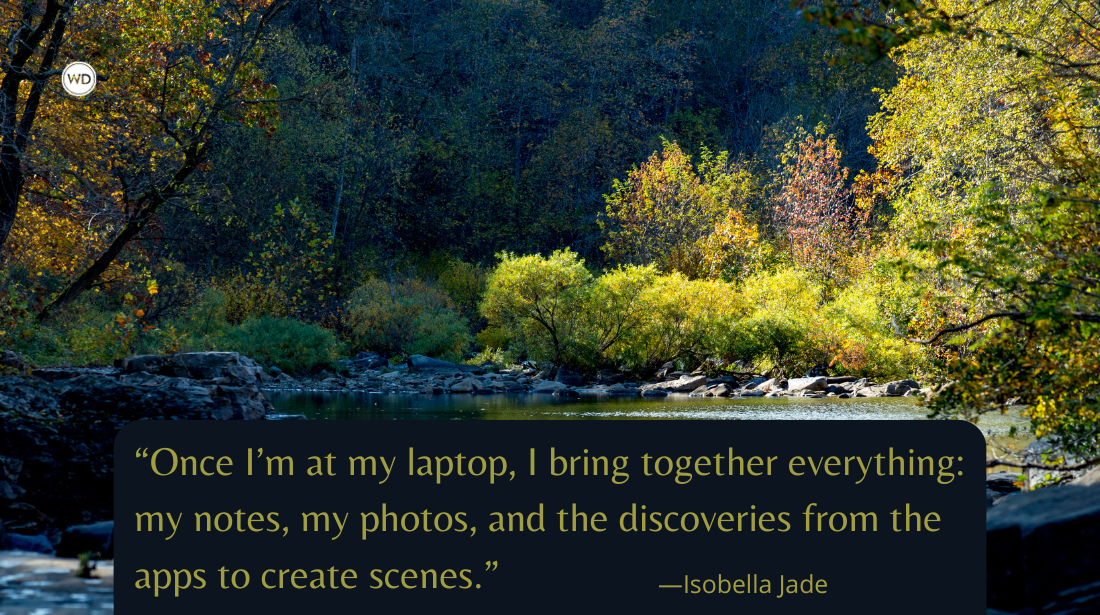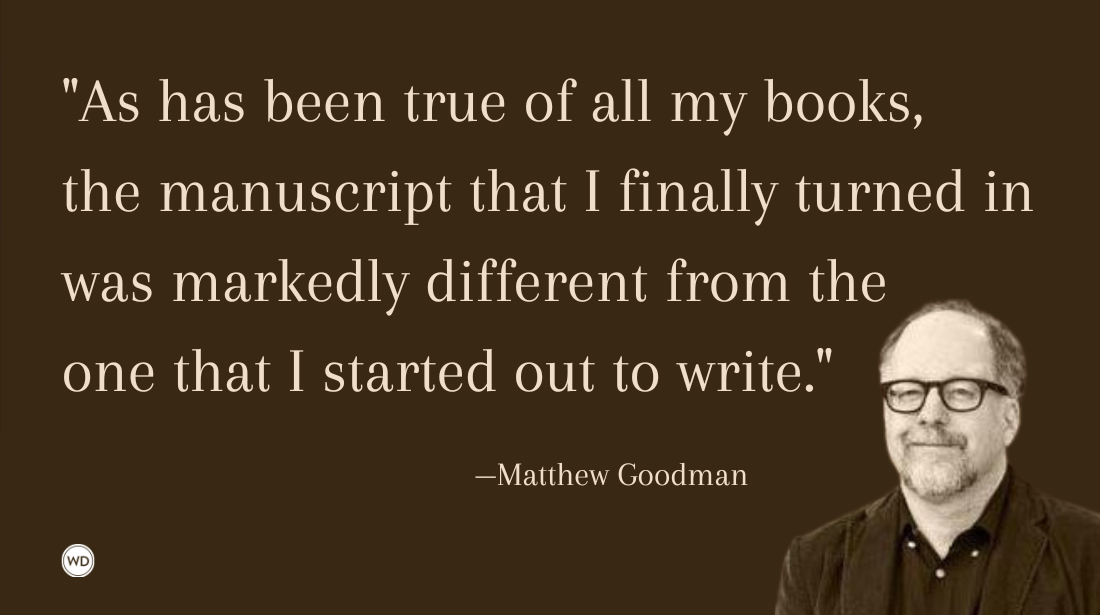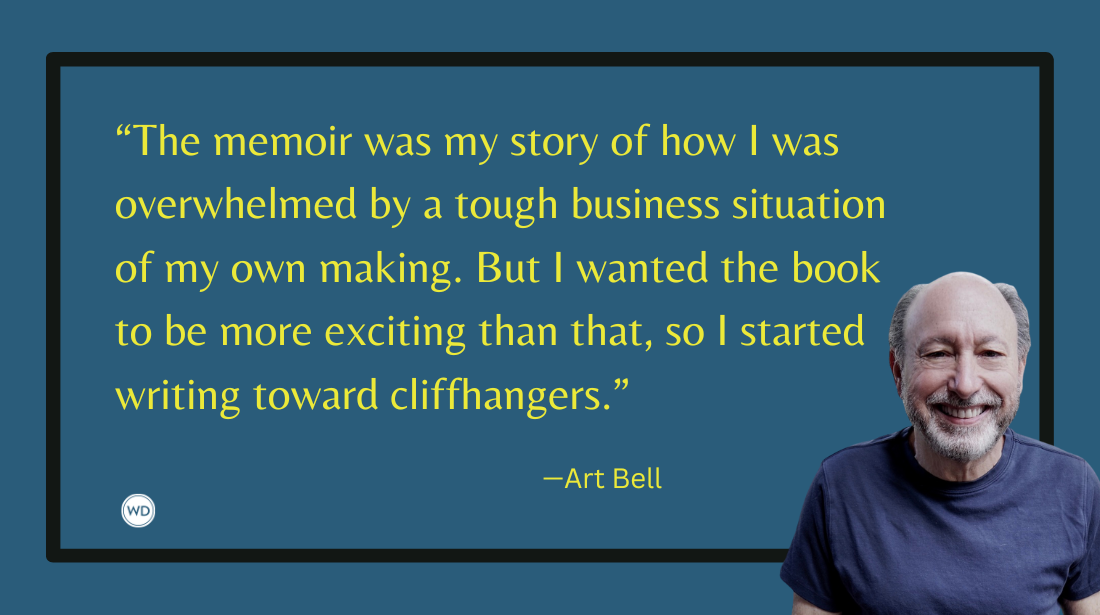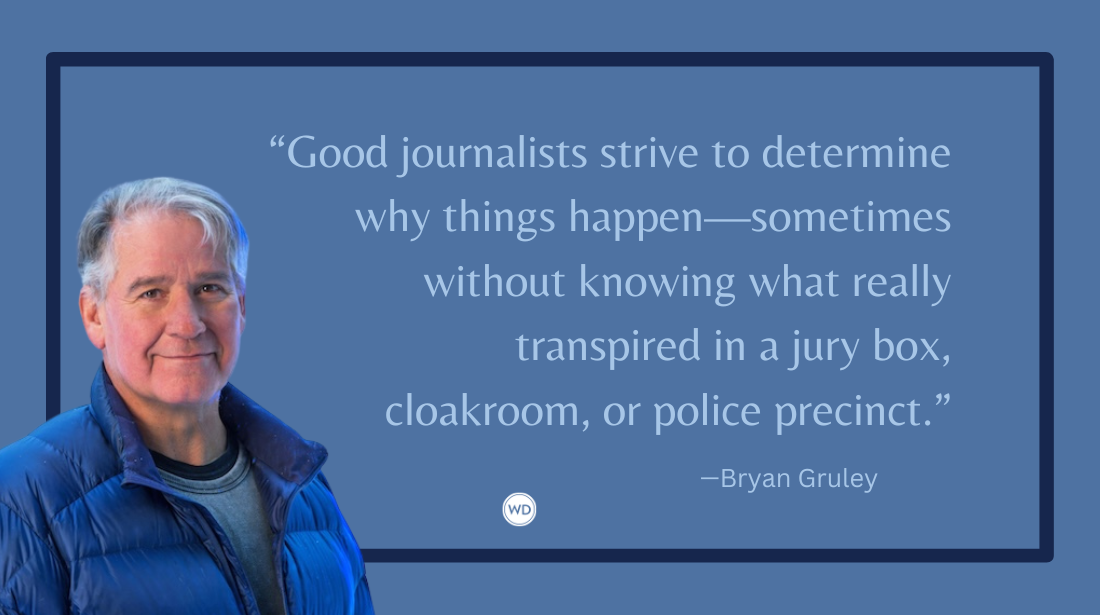5 Ways to Start Your Memoir on the Right Foot
It’s often said that there are a million ways to tell a story—and thus a million ways to start one. So how do you generate a good starting idea? First, you need to be aware of your choices.
It’s often said that there are a million ways to tell a story—and thus a million ways to start one. So, how do you generate a good starting idea? (Note: When I say “starting,” I’m referring to not only the beginning of your memoir as a whole but also the openings of chapters, sections, even paragraphs, and sentences.)
First, you need a menu—you need to be aware of your choices. Ask yourself this question: “Other than a chronological start, what other ways of beginning can I think of?”
Just posing this question will get your creative wheels turning. You’ll think of different aspects of the subject you want to write about and judge each of them as a possible starting point. You’ll realize there are many ways to begin, each of them lending itself to a different way of structuring and shaping everything to follow.
But how do you distinguish a promising idea from a going-nowhere idea? The answer is that you have to have a sense of what you want from your start so you can recognize the potential of an idea and instinctively want to try to make it work. Let’s consider the ingredients of a good start.
1. Engage Readers Quickly and Aggressively
Over time, what holds readers is value and character, but first you need the hook, the promise that causes them to read the next paragraph, and then the paragraph after that, until you’ve won them over and they decide to stay.
Sweep them up in a good story or compelling situation. Physical action is a traditional solution, but a slam-bang action scene is not required as long as you create some sort of initial momentum and energy. And you have to be able to sustain it without a sharp drop-off. Three pages of lively storytelling that comes to a dead stop as you gear down into a slow-moving narrative is not really a start—it’s a stunt. The interest it creates will be short-lived.
In a memoir, your hook might be as low-key as a demonstration that this book or chapter will be a worthwhile reading experience. It might suggest a revelation of unknown or fascinating material, a strong emotion or interesting situation, a surprising insight into the author (meaning you), or something relating directly to the reader.
2. Demonstrate That the Reader Is in Good Hands
Make it clear you know your job is to deliver and that you’re going to do it without asking the reader to be patient as you flail around, trying to get on track. Convince readers that they’re in good hands with you and that you are taking them in a clear and certain direction. Project confidence and command of content and voice. Give no hints that you don’t know what you’re doing.
3. Establish a Good Conversation With the Reader
Kurt Vonnegut said you have to “be a good date for the reader.” You have to create an immediate relationship that responds to basic questions about who you are and what it will be like to accompany you on this autobiographical journey. Different kinds of books require different relationships between writer and reader. Memoir probably requires a more personal—and possibly more intimate—relationship than any other kind of book. But this still leaves vast room for variation.
Thinking of such personal writing as a (one-sided) conversation or “date” with readers leads to an interesting question: Is this conversation external or internal? That is, is writing your book the equivalent of sitting down in your living room and telling a small group of people the story of your life (external), or are you having an internal conversation with yourself while allowing readers to listen in?
Are you addressing an audience or reflecting in private? If you are starting a story, let’s say, about a childhood visit to your grandparents, is the goal to report the facts of the visit—a relatively descriptive or journalistic objective—or is it something more personal: perhaps digging down into memory to recapture a distant experience, discover something unseen at the time or reflect on what it means to you today?
Whatever you do, your chances of success increase with your awareness. At some point in your start, you have to know your primary intent and signal it to the reader. If you do that, the reader will look forward to hearing more of what you have to say.
4. Lay a Foundation for the Rest of Your Story
The start is not just the first thing you say—it’s a foundation the rest of the book or chapter will be built on. What you need is the beginning of a structure that can support what’s to follow. You might not achieve this on the first page, but you should certainly put some sort of foundation in place near the beginning.
In addition to establishing the book’s purpose and personality, and making it compelling to readers, you have to start building whatever factual groundwork and scene-setting will be needed to launch successive chapters or topics. Make sure you’re answering journalism’s “Five Ws and H” questions: who, what, when, where, why, and how? Consider making yourself a checklist to accomplish this.
5. Remember That Excitement Is Contagious
If you aren’t stimulated by the start, forget about stimulating anyone else. This is often overlooked as an objective of the start, but I think it’s obviously essential that the writer is energized about continuing to write the story.
If there’s a choice between doing what you think will please readers and doing what you want for yourself, please yourself. Doing it your way will stoke your ambition and creativity; trying to do it in what you think is their way will probably lead to a half-hearted effort. Be confident that if you write it your way and write it well, your story will please readers even if it isn’t exactly what they had in mind.
As you write, don’t forget to keep asking yourself if you’re getting enough energy into your pages. If there’s a single quality that’s critical to a good start, it’s energy in any form.
Excerpted from You Don’t Have to Be Famous © 2007 by STEVE ZOUSMER, with permission from Writer’s Digest Books.








